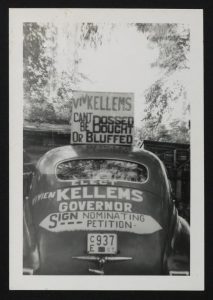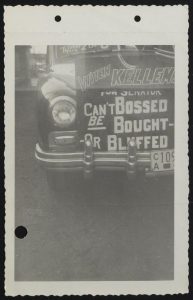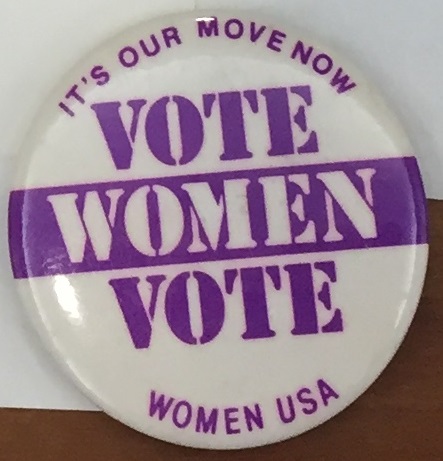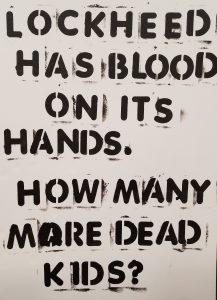[slideshow_deploy id=’8480′]
Much of Connecticut’s standing as an industrial powerhouse in the 19th and early 20th centuries had its roots in small businesses of the early and mid-19th century. Often these businesses, founded by industrious people (usually men) and formed as family firms, provided resources needed at the time, such as grist mills or small-town merchants or craftsmen. As years passed they evolved to become prominent companies that provided goods for a developing nation. For example, the C.H. Dexter Company began in 1767 as a paper mill in Windsor Locks, Connecticut; two hundred years later the company had grown to be an international conglomerate of specially papers with factories in North America, Europe and Asia.
These businesses were formed by businesspeople (usually men) who had strong visions for success. Often headed by descendants of the founders, these businesses took great pride in the company’s legacy and frequently harkened back to the founder’s vision and achievements.
The Business History Collections in Archives & Special Collections holds the records of many prominent companies that were formed by visionary people (usually men). The collections noted here are mostly those consisting of the company records, but many of the records also include the personal papers of the founders and their families. It is these documents that provide a fascinating look into the motivations and mindsets of the people (usually men) who formed and headed some of the state’s most powerful companies.
- The Somersville Manufacturing Company, formed in 1890 by Rockwell Keeney in the Somersville section of Somers, Connecticut, was a manufacturer of fine woolens. Every successive president and administrator of the company, until it closed in 1969, was either a son or grandson of Rockwell Keeney. The records hold a great amount of information created by the Keeney family, particularly Robert Leland Keeney, Sr., who served as Vice-President and Treasurer of the company from 1926 to 1960. You can find his extensive correspondence from the 1930s and 1940s online in our digital repository beginning here: http://hdl.handle.net/11134/20002:20130030 and the finding aid to the collection at https://archivessearch.lib.uconn.edu/repositories/2/resources/931
- The E. Ingraham Company, maker of clocks and watches, was founded in 1831 by Elias Ingraham, a cabinetmaker and designer of clock cases in Bristol, Connecticut. Elias partnered with others for the next 20 years but by 1855 he was president of the company, serving until his death in 1885. Descendants of Elias continued to run the company or served on its board of directors into the 1960s. Archives & Special Collections holds the personal papers of Elias’s great grandsons Dudley Ingraham (see the finding aid at https://archivessearch.lib.uconn.edu/repositories/2/resources/456) and Edward Ingraham II (see the finding aid at https://archivessearch.lib.uconn.edu/repositories/2/resources/457.
- The Dexter Corporation originated in 1767 as a family-owned saw, grist and paper mill in Windsor Locks, Connecticut, by Seth Dexter. In its 233 years of operation, the company grew from manufacturing tissues, toilet paper, and tea bags to marketing more specialized products like medical garments and industrial finishes. The company records have documents related to Seth’s descendants in the Dexter and Coffin families; see the finding aid at https://archivessearch.lib.uconn.edu/repositories/2/resources/343.
- In 1838, six brothers of the Cheney family of Manchester, Connecticut, established the Mount Nebo Silk Company. In 1843 the company was renamed as the Cheney Brothers Silk Manufacturing Company and by the late 1800s the company was one of the largest and most profitable silk mills in the country. Cheney Brothers was an integral part of the Manchester community, and known nationally for its benevolent system of welfare capitalism. Members of the Cheney family ran the company until 1955. The finding aid to the records can be found here: https://archivessearch.lib.uconn.edu/repositories/2/resources/304.
- Founded in 1848 by Almon Farrel, the Farrel Company of Ansonia and Waterbury, Connecticut, was a foundry for copper, iron products and machinery. Descendants of Almon served as presidents until 1981. For more information see the finding aid at https://archivessearch.lib.uconn.edu/repositories/2/resources/369.
- The story of the Branford, Connecticut, metal foundry, Malleable Iron Fittings Company, is slightly different than the other companies discussed here. It was originally founded in 1841 by Joseph Nason, who left the company later to be run by Elizur Rogers. Two Danish immigrants, Emil and Thorvold Hammer, joined the company and were soon in charge of its day-to-day management. It was the descendants of the Hammer brothers who became company presidents and guided it to its technological contributions to the iron industry. While you can find the finding aid to the company records at https://archivessearch.lib.uconn.edu/repositories/2/resources/529, Archives & Special Collections also holds the personal papers of Thorvald Hammer II, grandson of the original Thorvald. The finding aid is available at https://archivessearch.lib.uconn.edu/repositories/2/resources/419.
- Sargent and Company, a manufacturer of locks and hardware with headquarters in New Haven, Connecticut, was formed by Joseph B. Sargent in 1822. Through the years, until 1928, the company was run by Joseph or his brothers Edward, George and Harrison. The finding aid is available at https://archivessearch.lib.uconn.edu/repositories/2/resources/638.
- James S. Atwood, born in 1832, was the superintendent of a textile mill in Wauregan, Connecticut, and served as the company’s president. In 1897 he became superintendent of the Quinebaug Company, also a textile mill, in Danielson, Connecticut. James’s twin sons John Walter Atwood and James Arthur Atwood also worked for the company. In 1932 the two companies merged and soon after World War II James A. Atwood III became company president. Extensively damaged in the Floods of 1955 the mills ceased operations in 1958. The finding aid to the Wauregan and Quinebaug Company can be found at https://archivessearch.lib.uconn.edu/repositories/2/resources/792
- In 1870 Rev. Thomas N. Dickinson took control of a company in Essex, Connecticut, that produced witch hazel extract. He soon sold his interest in the company to his son, Edward E. Dickinson, who then named it E. E. Dickinson & Co. Edward’s son and grandson, Edward Jr. and Edward III, continued to run the company until 1983. The finding aid to the company records can be found at https://archivessearch.lib.uconn.edu/repositories/2/resources/355.
- And finally, a note about a female Captain of Industry. Vivien Kellems founded Kellems Cable Grips, Inc., in 1927, manufacturing the cable grip patent developed by her brother Edgar. Kellems was president of the company for over thirty years, with the plant based in Southington, Connecticut. Kellems extensive papers and company records can be found in our digital repository beginning here: http://hdl.handle.net/11134/20002:MSS19920033
We invite you to view any of these collections in the reading room in Archives & Special Collections. Our staff is happy to assist you in accessing these and other collections in the archives.





